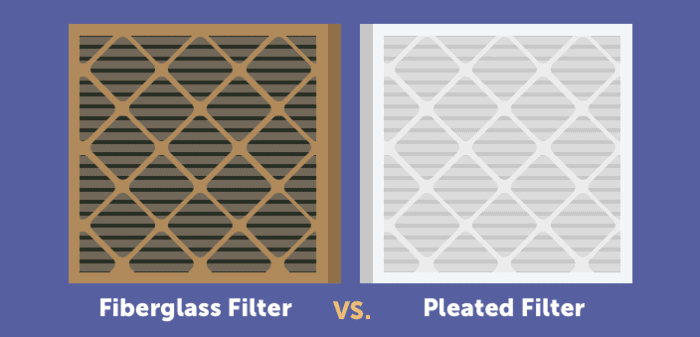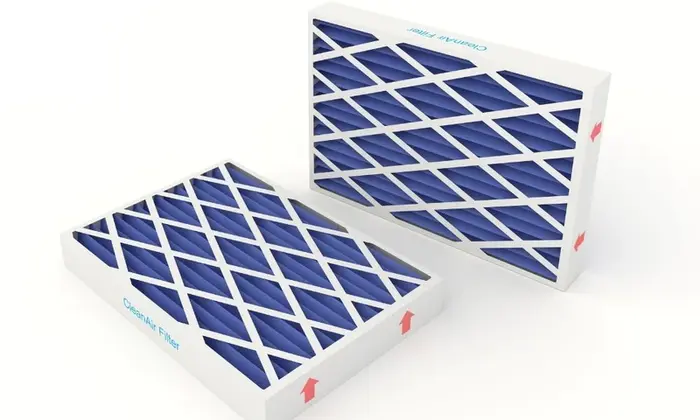An air filter is a device that helps to eliminate impurities and dust from the air. This is done by trapping airborne debris within the filter, allowing cleaner air to flow through. A well-maintained air filter can help protect against potential pollutants like pollen, pet hair, and other common allergens. Air filters are available in various sizes and should be changed or maintained according to the recommendation of their manufacturer.
The composition of the air filter will depend on the device’s intent; for example, some are explicitly designed for filtering out odors, while others may be more geared toward capturing small particles. Advancements in technology have allowed new filters, such as electrostatic precipitators or HEPA filters, to pick up even smaller particles than before.
While several types of air filters are available on the market today, two of the most popular options are pleated air filters and non-pleated air filters. Following are the pros and cons of each filter type so you can decide which option is right for you.

Pleated Air Filters
Pleated air filters are made from a combination of synthetic materials such as polyester and cotton fibers woven together into a mesh. This mesh is then pleated or folded to increase its surface area, allowing it to capture more fine particles than non-pleated air filters. Pleated air filters 20x22x1 also have a longer lifespan than non-pleated ones, making them an excellent choice for long-term savings.
Pleated filters are an unbeatable combination of efficiency and durability, with ratings of 5-13 on the MERV scale. They have a long lifespan compared to other options, and pleated filters make ideal air quality solutions for those with allergies – helping you breathe easier in your own home. On the downside, pleated air filters are more expensive than their non-pleated counterparts due to their higher-quality construction.
Non-Pleated Air Filters
Non-pleated air filters are usually made from fiberglass or spun polyester material that is tightly woven together to catch large particles like lint and dust mite debris. These air filters typically have a shorter lifespan than pleated ones but are generally much cheaper. The main downside to these types of air filters is that they don’t do as good of a job capturing smaller particles like pollen and pet dander as pleated models do.

Final Verdict
Air filters are an essential part of any HVAC system. They help to keep the air in your home clean by sifting out dust, dirt, and other airborne particles. Choosing between pleated and non-pleated air filters comes down to what kind of filtration you need for your home. If you’re looking for long-term savings but don’t mind spending a bit more upfront, then pleated air filters may be the way to go.
If price is your main concern, non-pleat models are worth considering since they are much cheaper upfront. Whichever option you choose, just make sure you’re replacing your filter regularly to ensure that your HVAC system runs efficiently and effectively.